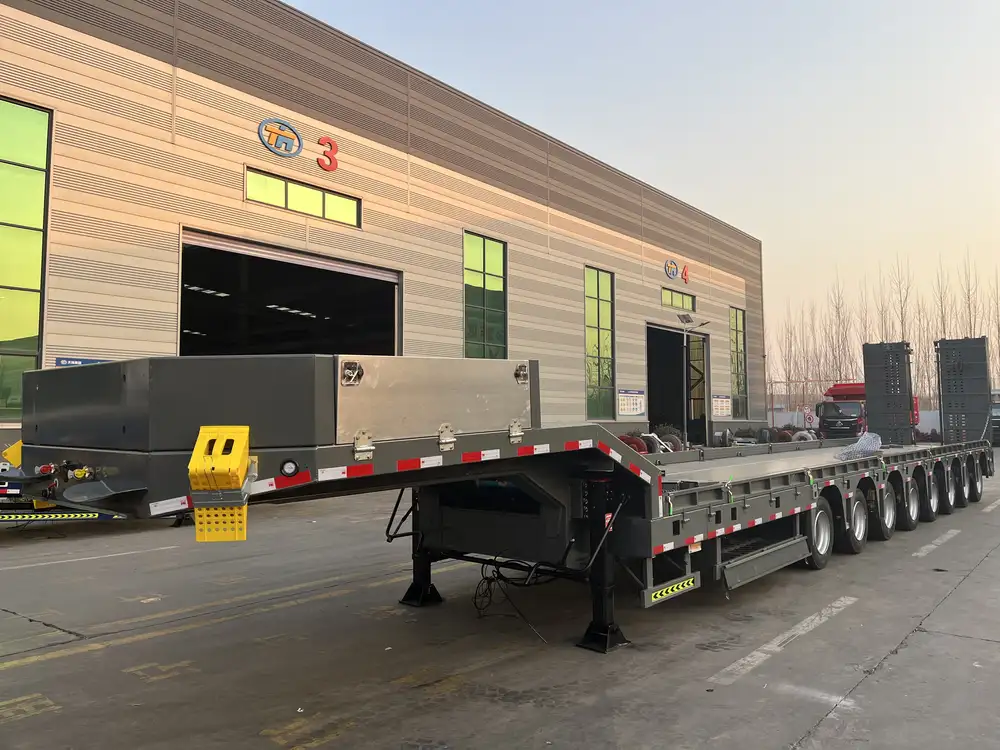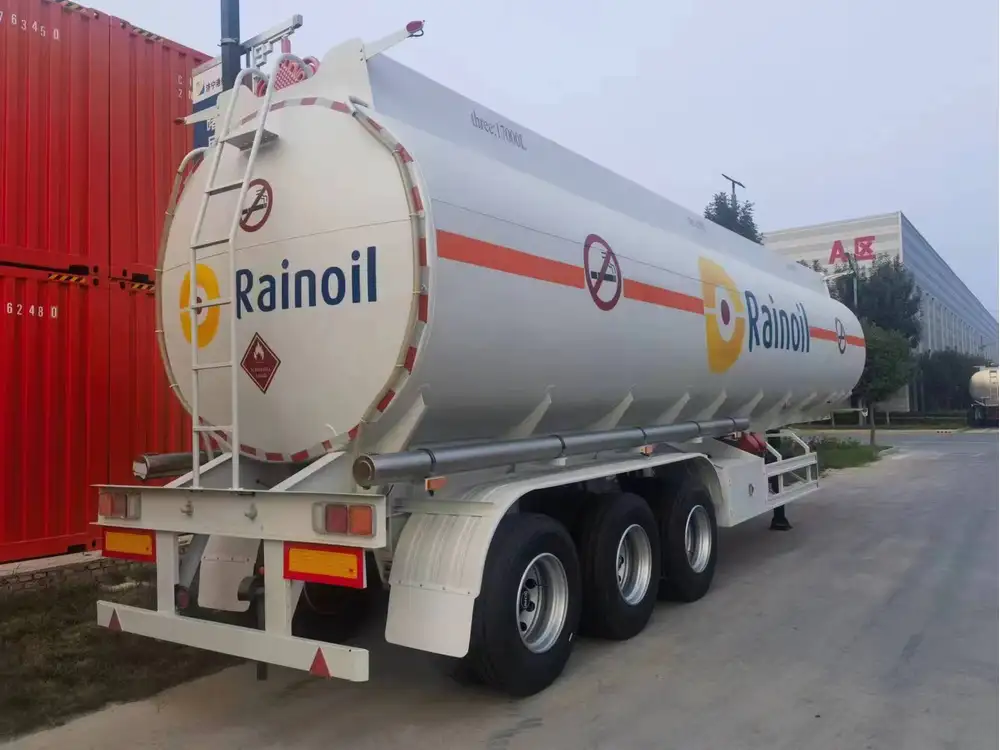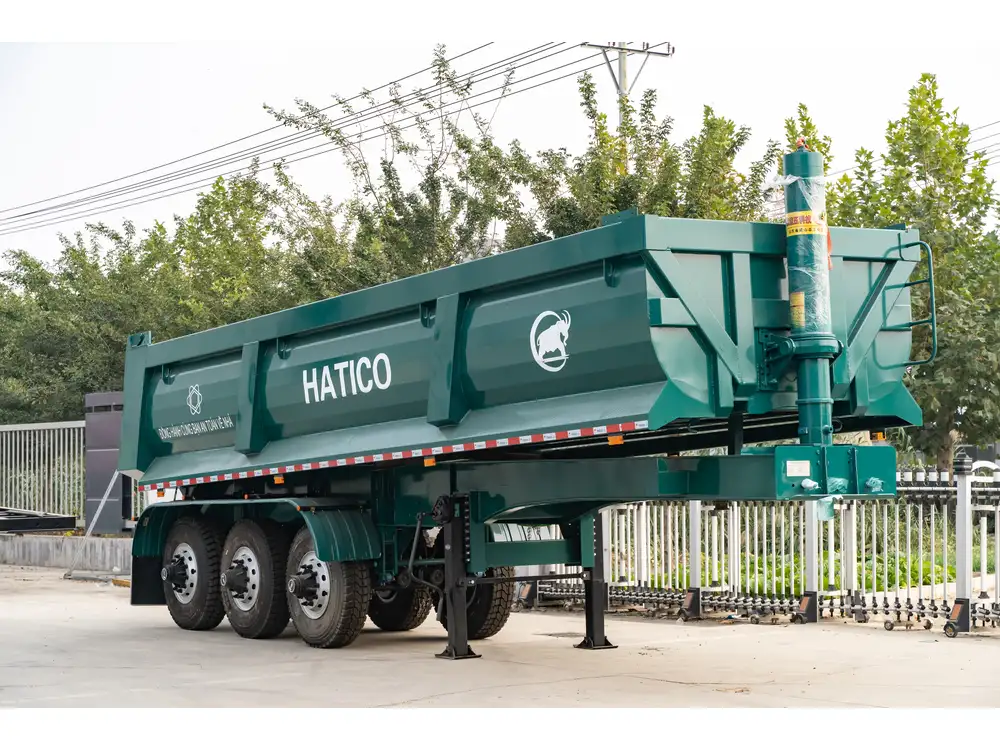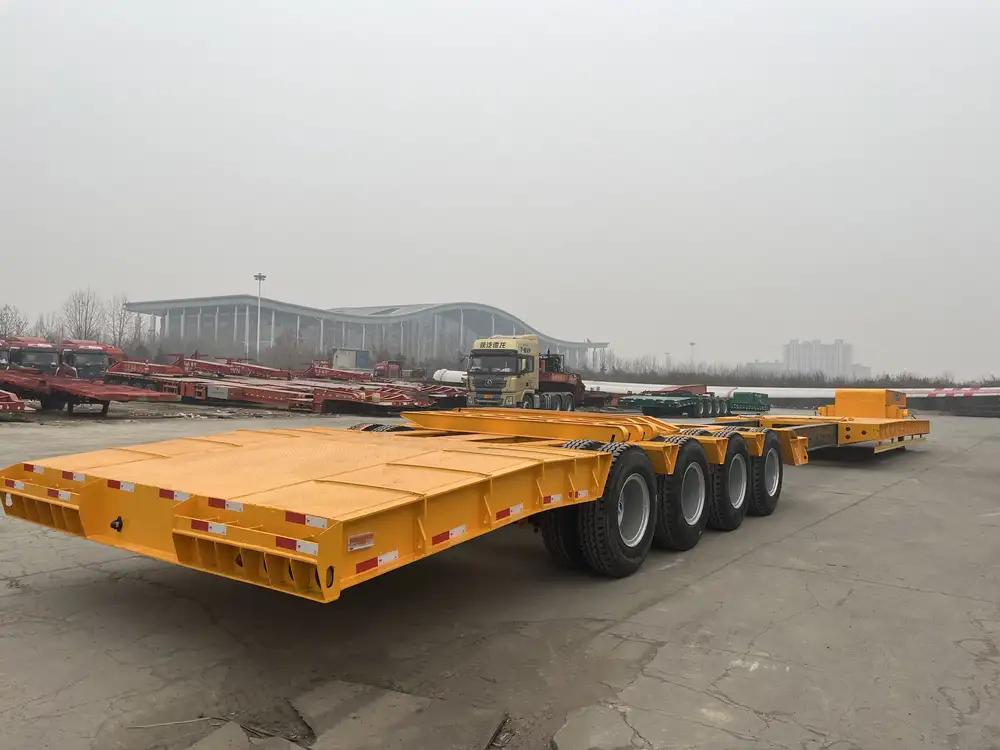When it comes to the world of freight transport, understanding the weights associated with various types of trailers is crucial—not just for logistics providers but also for manufacturers, fleet operators, and regulatory agencies. Here, we delve deep into the specifics of what semi and reefer trailers weigh, providing insights that are vital for efficient fleet management, weight compliance, and operational efficacy.
1. Defining the Weight Categories
1.1. Gross Vehicle Weight Rating (GVWR)
The Gross Vehicle Weight Rating (GVWR) is the maximum weight that a vehicle, including its cargo, is rated to weigh. This figure is essential in determining whether a trailer is compliant with DOT regulations. For semi-trailers and reefer trailers, this metric signifies the combination of the trailer’s weight and the maximum load it can carry.
| Type of Trailer | Typical GVWR Range |
|---|---|
| Semi-Trailer | 80,000 – 84,000 lbs |
| Reefer Trailer | 65,000 – 80,000 lbs |

1.2. Curb Weight
It’s also essential to understand curb weight, which refers to the weight of the trailer when it is empty. This includes all standard equipment, fuel, and fluids, but not cargo.
| Type of Trailer | Typical Curb Weight Range |
|---|---|
| Semi-Trailer | 10,000 – 15,000 lbs |
| Reefer Trailer | 12,000 – 16,000 lbs |
1.3. Payload Capacity
The payload capacity is the maximum weight of cargo that a trailer can transport, given its GVWR and its curb weight.
| Type of Trailer | Typical Payload Capacity |
|---|---|
| Semi-Trailer | 65,000 – 74,000 lbs |
| Reefer Trailer | 49,000 – 65,000 lbs |
2. The Importance of Weight in Fleet Management
Understanding the weights of different trailers is paramount not just for regulatory compliance but also for optimizing fleet operations. Overloading a trailer can lead to penalties, increased fuel costs, and heightened wear and tear, directly impacting the bottom line.

2.1. Compliance with DOT Regulations
The Department of Transportation (DOT) places strict guidelines on weight limits for commercial travel. Operating a vehicle above its GVWR can result in hefty fines, along with increased safety risks. It’s crucial for operators to maintain accurate records of trailer weights to avoid violations.
2.2. Fuel Efficiency
Weight directly affects fuel efficiency. Heavier trailers consume more fuel, which can deeply impact operational costs. Thus, having an accurate understanding of these weights can help in route planning and load optimization.
2.3. Performance and Safety
Overloaded trailers can experience significant issues, including decreased maneuverability and longer stopping distances. Ensuring that trailers adhere to weight specifications not only ensures legal compliance but also enhances safety for drivers and the commodities being transported.

3. Specifics About Semi-Trailer Weights
3.1. Standard Semi-Trailer Specifications
A standard dry van semi-trailer typically weighs around 15,000 pounds when empty. Considering a maximum allowable weight limit of approximately 80,000 pounds—inclusive of the truck and trailer—the payload is typically around 65,000 pounds.
3.2. Variabilities Affecting Semi-Trailer Weights
The weight of a semi-trailer can vary significantly based on:
Trailer Construction Material: Aluminum trailers are lighter than steel.
Length and Design: Longer trailers may have more structural features affecting weight.
Additional Equipment: Features like ramps, lift gates, or reinforced flooring can also add weight.
| Factor | Impact on Weight |
|---|---|
| Type of Material | Aluminum vs. Steel |
| Length of the Trailer | Full-length vs. Short |
| Added Features | Ramps, lift gates, etc. |

3.3. Real-world Application of Semi-Trailer Weights
For logistics companies, understanding the specifications of various semi-trailers helps in making decisions around fleet purchases, efficiency in load distribution, and adherence to safety standards.
4. Insight into Reefer Trailer Weights
4.1. Reefer Trailer Specifications
Reefer trailers, designed for temperature-sensitive goods, typically weigh more than standard semi-trailers due to the additional refrigeration units. An empty reefer trailer can weigh anywhere from 12,000 to 16,000 pounds.

4.2. Variabilities Affecting Reefer Trailer Weights
The weights of reefer trailers can reach exactly the same GVWR limits as other trailers; however, their design specifics are distinct.
Insulation and Refrigeration Weight: High-density insulation combined with refrigeration units contributes to overall weight.
Type of Coolant and Energy Source: Different refrigeration systems can vary significantly in weight based on their energy sources and techniques.
| Component | Consideration |
|---|---|
| Refrigeration Unit | Weight and efficiency trade-offs |
| Insulation Thickness | Impacts thermal performance |
| Cooling Technology | Different systems have varying weights |
4.3. Reefer Trailer Payload Capacities
Given their weight, the payload capacity for reefer trailers is generally lower than that of standard dry vans. This presents unique challenges and opportunities for logistics and freight companies.
| Type of Reefer Trailer | Typical Payload Capacity |
|---|---|
| Single-Temperature Reefer | 40,000 – 45,000 lbs |
| Multi-Temperature Reefer | 28,000 – 32,000 lbs |
5. Key Considerations for Weight Management

5.1. Accurate Weight Measurement
Utilizing certified scales for weight measurement ensures accuracy in both compliance and operational costs. Techniques such as axle load scales help in obtaining precise weight distribution, which is critical for weight management.
5.2. Load Planning Strategies
Effective load planning assists in distributing weight evenly across axles. This not only adheres to regulations but also improves fuel efficiency and minimizes wear and tear on vehicles.
5.3. Training and Compliance Programs
Implementing comprehensive training programs for drivers and fleet managers focused on weight compliance can mitigate risks. Regular audits and checks can help in maintaining adherence to weight specifications.

6. The Financial Implications of Weight Management
6.1. Cost of Compliance
Fines associated with weight violations can range widely, sometimes causing financial burdens significant enough to influence overall business profitability.
| Cost Type | Estimated Range |
|---|---|
| Fines for Overweight Loads | $500 – $5,000 per offense |
| Increased Insurance Costs | Variable based on risk rank |
6.2. Fuel Cost Savings
Weight reduction can lead to substantial fuel savings. Every pound saved can incrementally benefit operational costs:
- For every 1,000 pounds of weight removed from a truck, savings of approximately $200 – $500 annually can be realized due to improved fuel consumption.

6.3. Long-Term Financial Strategies
Investing in lightweight materials, efficient loading techniques, and training can yield long-term savings well beyond initial implementation costs.
Conclusion
Understanding the weights associated with semi-trailers and reefer trailers is a critical aspect of efficient fleet management in the logistics and transportation industry. It involves not just recognizing the various weight categories like GVWR and curb weight but comprehending their regulatory, financial, and operational implications.
By adhering to these weights and actively managing them, companies can ensure compliance, enhance safety, reduce operational costs, and significantly improve their overall profitability. As a manufacturer or operator, embracing an informed approach to weight management can spearhead success in an evolving industry.



